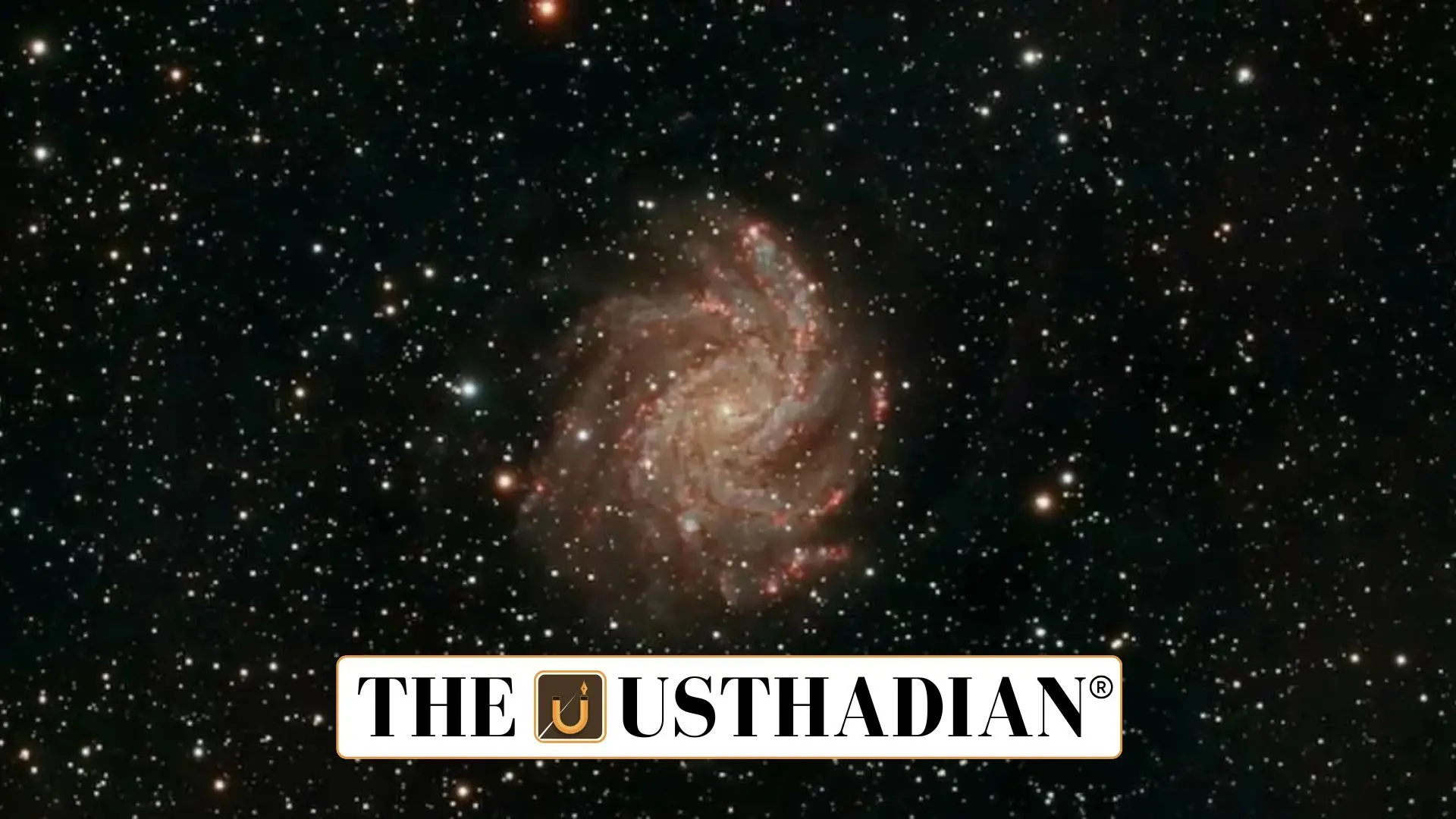An Astronomical Marvel
Quipu: The Largest Known Superstructure in the Universe: Astronomers have recently identified Quipu, the largest known structure in the universe, pushing the boundaries of cosmic understanding. Named after the ancient Incan knotted recording system, Quipu spans over 400 megaparsecs, which equals more than 1.3 billion light-years, and contains a staggering 200 quadrillion solar masses. This superstructure is not just a scientific wonder—it’s a crucial key to unlocking how the universe evolved.
What Are Superstructures?
Superstructures are gigantic cosmic formations composed of galaxy clusters and superclusters. These are the largest known groupings of matter in the universe. Their gravitational pull and vast scale directly influence how galaxies are distributed and how the universe expands and evolves over time. Quipu and four other identified superstructures together contain 45% of galaxy clusters, 30% of galaxies, and 25% of the total matter in the universe, even though they occupy only 13% of its volume. Their existence challenges many long-standing cosmological assumptions.
How Was Quipu Discovered?
The discovery was made through the CLASSIX Cluster Survey (Cosmic Large-Scale Structure in X-rays), which uses X-ray emissions to identify galaxy clusters. These X-rays are emitted by hot intracluster gas, which signals the presence of extremely dense regions of mass. By mapping these emissions, astronomers could accurately trace the boundaries and density of superstructures like Quipu, making this one of the most effective methods for studying cosmic mass distribution.
Why Quipu Matters
Studying Quipu is essential to understanding galaxy formation and cosmic evolution. Its gravitational pull has been found to alter the Cosmic Microwave Background (CMB), a key source of information about the early universe. It also affects how scientists measure the Hubble constant, which is used to determine the rate at which the universe is expanding. These effects may help explain discrepancies in current models and observations, prompting the need for a refinement of cosmological parameters.
Gravitational Lensing and Its Impact
Superstructures like Quipu cause gravitational lensing, bending the light from objects behind them and distorting how the sky appears to observers. These distortions are not just visual—they influence how astronomers interpret cosmic data, leading to potential misreadings of galaxy positions, sizes, and distances. Understanding this lensing effect is critical for improving cosmological accuracy.
Supporting Theoretical Models
Quipu fits within simulations from the Lambda Cold Dark Matter (Lambda CDM) model, the prevailing theory of cosmic structure formation. The fact that models predicted such a structure supports the validity of current theoretical frameworks, even as it demands further refinement. Studying Quipu allows researchers to test the limits of these models and advance the field of cosmic physics.
Static GK Snapshot
| Topic | Detail |
| Structure Name | Quipu |
| Named After | Incan knotted recording system |
| Length | 400 megaparsecs (~1.3 billion light-years) |
| Mass | 200 quadrillion solar masses |
| Discovered Through | CLASSIX (Cosmic Large-Scale Structure in X-rays) Cluster Survey |
| Member Structures | Includes 45% of galaxy clusters and 30% of galaxies |
| Volume Occupied | 13% of the universe’s volume |
| Gravitational Influence | Alters Cosmic Microwave Background and Hubble constant measurements |
| Theoretical Model | Lambda Cold Dark Matter (Lambda CDM) |
| Phenomenon Observed | Gravitational lensing due to massive structures |








